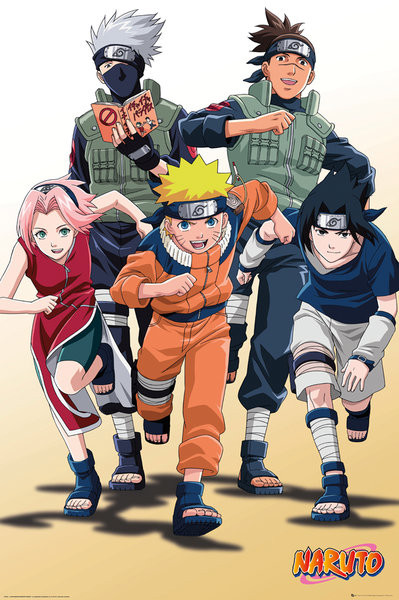Masculinity in media is nothing secret, we see it all the time. This website is to explore the many hegemonic examples of masculinity seen in Japanese Animation (widely known as Anime). Here are some popular Anime (especially in Western Audiences), each with their own signs of masculinity. What does the creator wants us to think? What message can we get from these shows? And is it ultimately something society should focus on?
What are Signs and Semiotics?

The first most important thing about semiotics is to understand there is not a definite meaning for everything. The Relational Theory of Language suggests that “meaning is not the result of an essential link between signifiers and signifieds.”
Past that, we get into signs and semiotics. In this theory, there are four things crucial to understanding the whole picture. In a sign (object, picture, person, etc.), we have both a signifier (Name, title, etc.) and what is being signified (the actual object, person, etc.). When you begin to understand this, then you must take in that all these signs have two meanings. The first is it’s…
- Denotational (literal) meaning – the literal meaning intended by the creator and understood by the viewer. For example, an advertisement on a new bacon cheeseburger’s denotative meaning is that it would be an advertisement for a cheeseburger.
- Connotational (cultural) meaning – meaning beyond the original one. For example, the connotational meaning of the cheeseburger ad is that you can try something new, fulfill desires, and much more.
How does this relate to Anime?
The main thing to know is that all these programs stem from Shonen Jump, A manga (Japanese comic book) production company that creates manga for an audience of mostly young men. When manga become successful or popular enough, an animation team is usually hired to bring the manga to life. There are manga for women as well, but Shonen has become very popular with its strong and determined male characters.
Be sure to check out these examples!

Masculinity… but in space! DBZ shows that even from a young age, men were born to be strong!

One Piece not only places expectations on its male cast, but it also reinforces this via representation of female characters.

The passion and goals of each Naruto character slightly hints toward the fact that men are supposed to act a certain way. They all have goals to achieve!
Yu Yu Hakusho’s sexual references are notorious for showing signs of masculinity, and the role men are supposed to play in society.

Let men do all the work! Or so it may seem. The vibe that Toriko gives is one that excludes female characters in favor of dominant male characters.